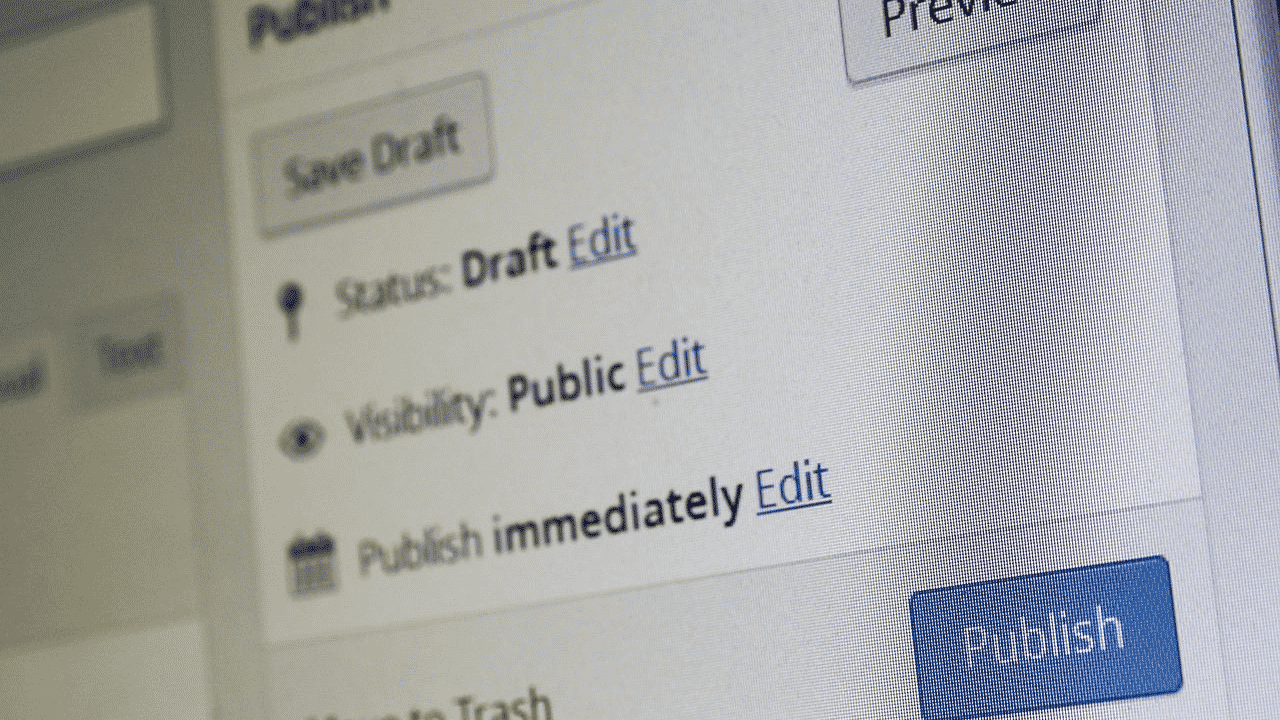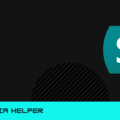“How would I plan an awesome website?” That’s a question I’ve been asked in various ways.
I frequently answer, “Do you know the quickest method to ruin a new website the fastest way?”
I don’t normally answer a question with a question, but in this case, I want the person asking to think carefully about what is being asked of them because I know they already have the answer.
As you would think, the response is, “Absence of appropriate time to layout a game plan ahead of time.”
Ok. They don’t exactly word it that way. It is a variety of responses that say the same thing. Lack of proper planning beforehand.
We should put it another way. In writing computer programs, there’s a familiar saying, which expresses: “The sooner you start your coding the more it takes to wrap up.”
Arranging out your Web webpage before you construct it is fundamental. To acquire a method from the entertainment world, I suggest that you make a storyboard, which is a kind of a stream outline of your new webpage plan. You don’t need to be a cultivated craftsman to draw out your thought, however, making it on paper to start with is fundamental.
It doesn’t have to be tangible paper. For the new age maybe just use Word or some type of word processing program. Yet if you happen to have paper laying around with a pen or pencil then why not?
Need more help? Take a look at this affordable and easy user-friendly page builder!
On each piece of paper, the objective is to have space for a picture at the top, in addition to space for recording data. As you would think, the primary page, to begin with, is your home (or welcome) page, which will regularly have the most data as it will contain the page individuals visit before they enter your site and as individuals go through your site, the will experience more data (in levels) as they go down.
You can use this website as a simple example.
Commonly, the landing page connects to 5-15 pages underneath that, which we could allude to as Tier 2. Every one of those pages connects to another 5-15 pages, which you could call Tier 3.
Assuming you utilize these pages, you’ll end up with a broad website plan, of no less than 226 pages (counting the landing page).
It’s during this cycle that a wide range of issues will manifest. Yet, it’s a lot more straightforward to settle them on paper than sincerely busy coding as opposed to when you are done. If you don’t, you could run into a significant issue en route that would require a “time to start over” complete site re-plan.
Sorting out things on paper will provide you with a greatly improved thought of how things will function and how to fix issues. Also, in the event that you have educated companions, listen to a second or third, or more point of view. Whenever you’ve finished the on-paper interaction, and you or your website specialist is happy with the outcomes, you’re prepared to make an interpretation of it into code for whatever content management system you happen to be using.


